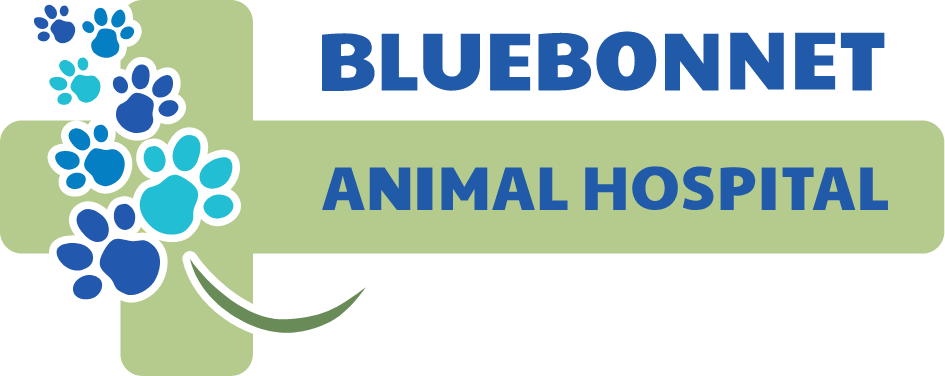Library
-
Pyrantel pamoate is given by mouth and is used on and off label to treat intestinal parasites in many species. Give as directed. Side effects are uncommon but may include stomach upset, such as vomiting or diarrhea. Do not use in pets that are allergic to it. If a negative reaction occurs, call your veterinarian.
-
Pyrethrin insecticides are naturally derived from the Chrysanthemum (mum) species of flower, and pyrethroids are the synthetic versions. The use of pyrethrins/pyrethroids is generally safe in dogs; however, cats and fish are very sensitive to these products.
-
Pyrethrins + piperonyl butoxide + bicycloheptene dicarboximide otic (brand name Otomite Plus®) is a medication used to treat ear mites in dogs and cats older than 12 weeks of age. Pyrethrins + piperonyl butoxide + bicycloheptene dicarboximide otic comes in a liquid drop form. It is highly toxic to aquatic species and toxic to cats if ingested.
-
Pyridostigmine bromide is given by mouth or injection and is used off label to treat symptoms related to myasthenia gravis. Give as directed.
-
Pyrimethamine is an antiprotozoal tablet given by mouth and used off-label to treat certain parasitic infections. Common side effects include vomiting, low appetite, tiredness, and low blood cell counts. Cats are more likely to have more severe side effects. Pregnant women should handle this medication carefully.
-
Oomycosis (“swamp cancer”) is a waterborne infection of dogs that can affect the gastrointestinal (GI) tract, skin or internal organs of dogs. It can cause extreme weight loss, vomiting, diarrhea, skin lesions, or sudden death. It is more common in southern regions.
-
Quality of life is a way to refer to and discuss the day-to-day life and lifestyle of a dog reaching the end of its life. A quality-of-life scale for cats can help owners and veterinarians work together to maintain a healthy human-animal bond. The scale looks at seven different categories including hurt, hunger, hydration, hygiene, happiness, mobility, more good days than bad. The scale can help clarify the decisions and anxiety related to your dog’s end of life care.
-
Rabies is one of the most devastating viral diseases affecting mammals, including dogs and humans. It is a fatal disease caused by infection with the rabies virus. Following a bite from a rabid animal, the disease progresses in stages. Vaccination is the cornerstone of rabies prevention.
-
Radiation is a type of energy produced naturally by the sun, earth, and rocks and artificially by machines. Although several types of tumors can be treated with radiation therapy alone (e.g., nasal tumors, brain tumors, and certain types of lymphoma), radiation therapy is most commonly used to destroy or limit the growth of cancer cells left behind (i.e., microscopic disease) after a tumor has been surgically removed. Side effects depend on the type and location of the tumor and its surrounding tissues.
-
X-ray images are produced by directing X-rays through a part of the body towards an absorptive surface such as an X-ray film or electronic sensor. The image is produced by the differing energy absorption of various parts of the body. Bones are the most absorptive and leave a white image on the screen, whereas soft tissue absorbs varying degrees of energy depending on the density, producing shades of gray on the image. Air on an X-ray is black. X-rays are a common diagnostic tool used for many purposes.

